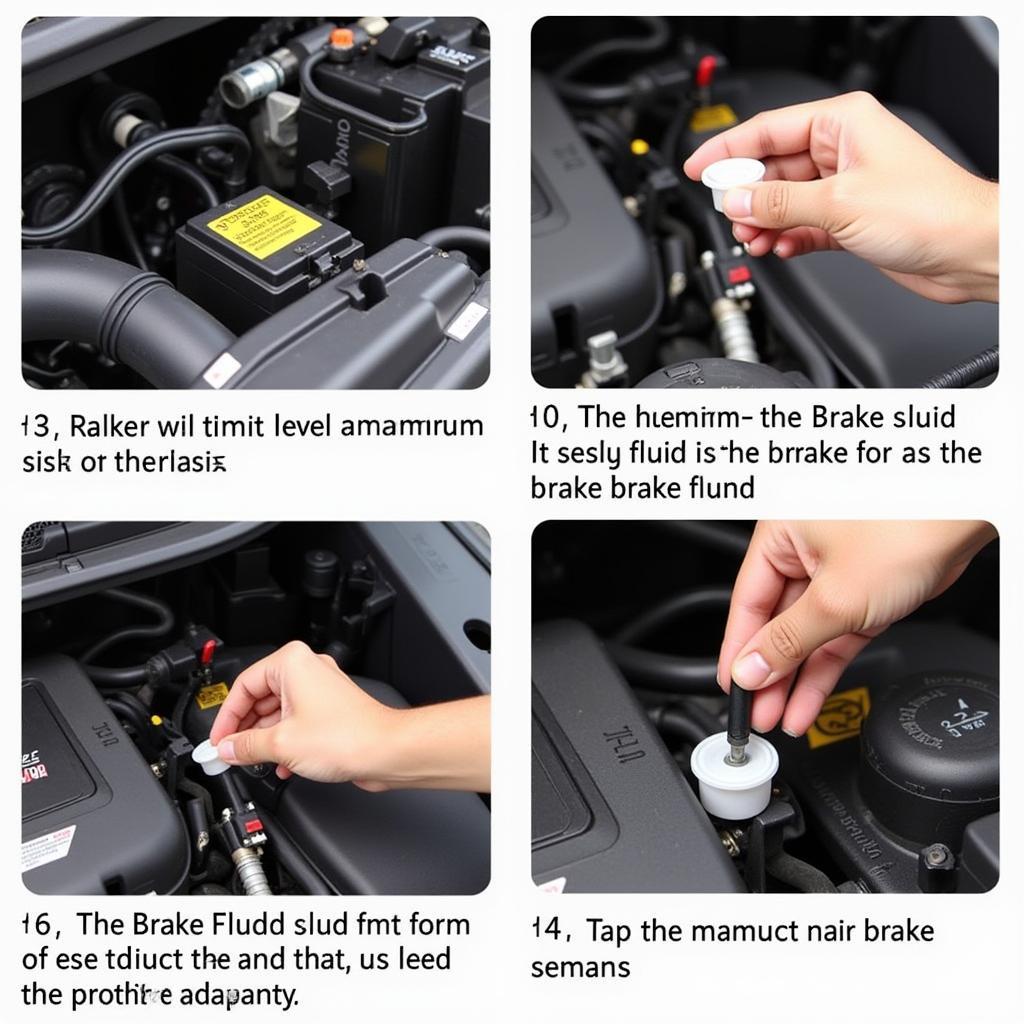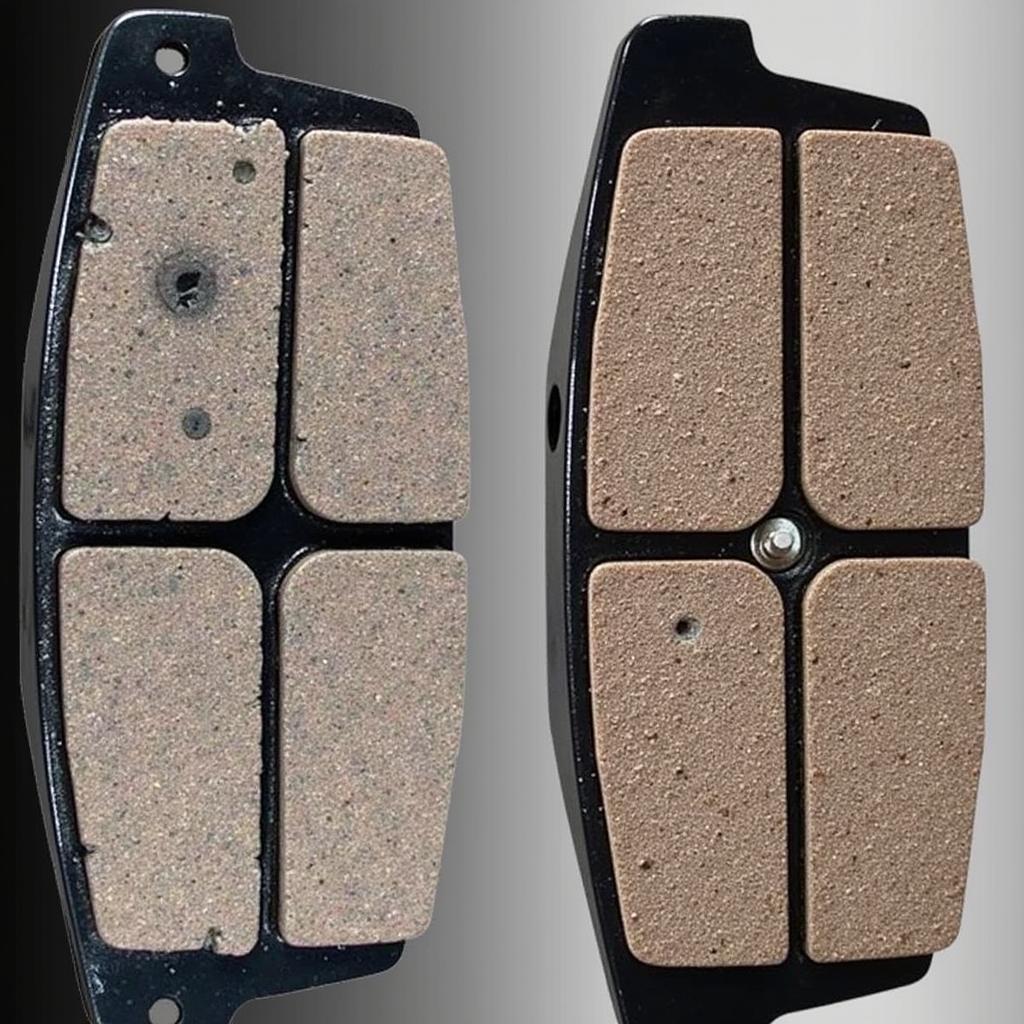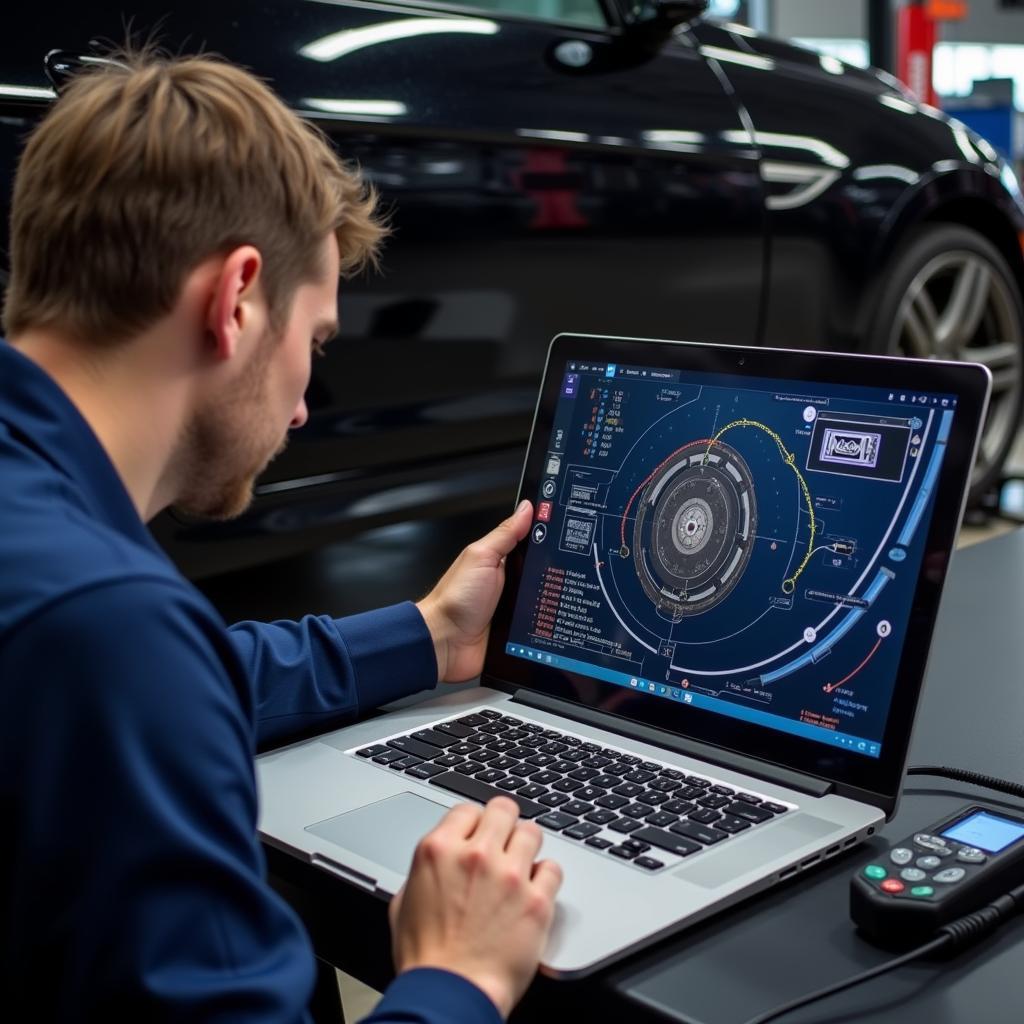My brake warning light goes on and off, leaving me wondering what’s wrong with my car. This intermittent issue can be frustrating and concerning, especially since brakes are crucial for safety. Understanding the reasons behind this flickering brake light and knowing how to address the problem can save you time, money, and potentially prevent accidents.
If your brake warning light is behaving erratically, it’s crucial to investigate the problem immediately. Don’t wait for the light to stay on permanently before taking action. This article will guide you through the potential causes, diagnostic steps, and solutions for this intermittent brake light issue, enabling you to regain peace of mind on the road. Early diagnosis is often key to preventing more extensive and costly repairs down the road. Learn what to look for and when to seek professional help.
After reading about common causes like low brake fluid, you might want to check out more specific information on certain car models like the Chevy Cobalt. You can find more info at brake fluid warning light chevy cobalt.
Common Causes of an Intermittent Brake Warning Light
Several factors can contribute to a brake warning light that goes on and off. Identifying the root cause is essential for effective repair. These causes range from simple fixes to more complex issues requiring professional attention.
Low Brake Fluid
One of the most common culprits is low brake fluid. The brake warning light is designed to illuminate when the fluid level drops below a safe threshold. A leak in the brake lines, calipers, or wheel cylinders can cause this. A small leak might only trigger the light intermittently, especially when the vehicle is parked on an incline. Regularly checking your brake fluid level is a simple yet important preventative measure.
 Checking Low Brake Fluid Level
Checking Low Brake Fluid Level
Faulty Brake Light Switch
The brake light switch, located under the brake pedal, can also malfunction. A worn-out or faulty switch can send inconsistent signals, causing the warning light to flicker. Sometimes, the switch might simply need adjusting. In other cases, it might require replacement.
Worn Brake Pads
While worn brake pads don’t directly trigger the brake warning light, some vehicles have a sensor embedded in the pads that activates the light when they reach a certain wear limit. If this sensor is faulty or intermittently malfunctioning, it can cause the light to come on and off.
“Ignoring a flickering brake warning light can be dangerous,” warns automotive expert John Miller, ASE Certified Master Technician. “It’s always best to err on the side of caution and have the system inspected by a qualified professional.”
 Worn Brake Pads Inspection
Worn Brake Pads Inspection
Diagnosing the Problem
Diagnosing the issue requires a systematic approach. Start by checking your brake fluid level. If it’s low, top it off and monitor it closely for further drops. This could indicate a leak, which needs immediate attention. You might also find helpful information related to the Chevy Cobalt brake system at brake fluid warning chevy cobalt.
Next, inspect the brake light switch for any signs of damage or wear. Try adjusting it to see if that resolves the issue. If not, replacing the switch is a relatively simple and inexpensive fix.
Finally, check your brake pads. If they are worn, have them replaced, along with the wear sensors if necessary.
Using Diagnostic Tools
For more complex issues, diagnostic tools can be incredibly helpful. These tools can pinpoint specific problems, saving valuable time and effort. Some diagnostic tools can even be used remotely to identify the issue.
“Modern diagnostic tools allow us to quickly and accurately diagnose brake system issues,” says automotive electronics specialist Sarah Chen, PhD. “Remote diagnostics can be particularly convenient for customers, saving them a trip to the repair shop.”
 Using a Remote Diagnostic Tool
Using a Remote Diagnostic Tool
Solutions and Repairs
Once you’ve identified the problem, the next step is to repair it. Some issues, like low brake fluid or a faulty brake light switch, are easy to fix yourself. However, more complex problems might require the expertise of a qualified mechanic. If your brake warning light is still flickering after checking the fluid level, switch, and pads, consult a professional. Resources like 2006 chevy cobalt brake warning light can also offer valuable information.
Conclusion
An intermittent brake warning light should never be ignored. Addressing the issue promptly can prevent potentially dangerous situations and save you money in the long run. By understanding the potential causes and taking the necessary diagnostic steps, you can ensure your vehicle’s braking system functions safely and reliably. Remember, your safety and the safety of others on the road depends on a properly functioning brake system. Don’t hesitate to seek professional help if the problem persists or if you’re unsure about how to proceed. You can also check resources like chevy cobalt brake warning light for model-specific information.
FAQ
-
What does the brake warning light mean? It signals a potential issue with your braking system, such as low brake fluid or worn brake pads.
-
Is it safe to drive with the brake warning light on? No, it’s not recommended. You should have your brakes inspected immediately.
-
Can I fix the problem myself? Some issues, like topping off brake fluid, are simple DIY fixes. Others require professional attention.
-
How often should I check my brake fluid level? At least once a month.
-
What if the brake warning light goes on and off intermittently? It still indicates a potential problem. Don’t ignore it. Have your brakes checked.
-
How much does it cost to fix a brake problem? The cost varies depending on the issue, ranging from a few dollars for brake fluid to several hundred for more complex repairs. You may find helpful information related to specific models, like cobalt brake fluid warning.
-
What are the signs of a brake fluid leak? A puddle of fluid under your car, a spongy brake pedal, and a low brake fluid level are all indicators of a leak.
